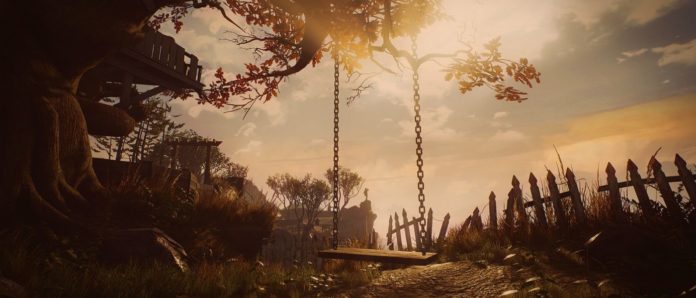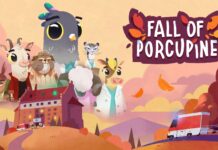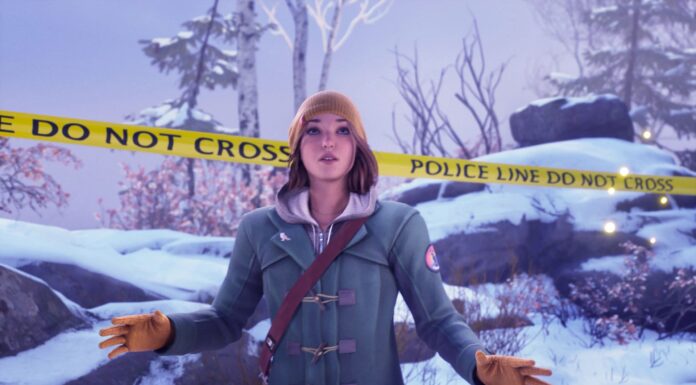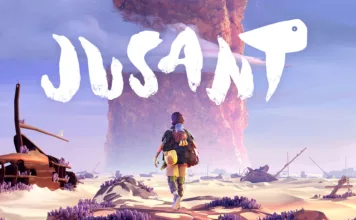If your family was cursed, would you want to explore that possibility? What if everyone in your family died a gruesome and/or unusual death, then would you believe it? These are questions that set the stage for Giant Sparrow’s latest hit, What Remains of Edith Finch.
A walking simulator game, What Remains of Edith Finch tells the criminally short (about 2 hours) story of (guess who) Edith Finch as she explores her family’s old home. The deeper she goes, the further she delves into her family’s dark, cursed past. From a child who becomes a monster and eats herself to a recovering addict who gets his head severed, the Finch family are not only familiar but death, but entirely too used to it. They believe their family is cursed. Edith doesn’t want to think so, but as she learns more about her family tree, she comes to terms with knowing that they might be, after all.
When talking about Edith Finch, it’s important to focus on the game’s narrative because, as a walking simulator, the game doesn’t focus on much else. Everything in the game–the graphics, the sound, the settings, the characters, and what little gameplay there is to be found–is all used to emphasize the narrative and build itself around it. It’s not a game you’ll finish with a feeling of achievement or triumph, but it is a game you’ll finish with feelings of attachment, loneliness, and more than anything, shock. Luckily for Edith Finch, taking the gamble of building the entire game around the narrative has more than paid off.
What Edith Finch succeeds in most is in its ambience and story-telling. In fact, it’s a game that marries its ambience and story-telling by having them work hand-in-hand with each other more than most games. By simply looking around a given room, one can already piece together what a given family member’s life might have been like–and when the scene begins to tell their story, noticing the changes in the environment and sounds will give you a good idea of the kind of setting or year you’re in, regardless of whether the game flat out tells you or not. It’s not often that a game is able to meld its environments into its story telling very well (a few other successful examples that come to mind, for instance, are Bioshock and P.T.) but Edith Finch is one of the few that succeeds at this with flying colors. This works especially well in tandem with some of the shorter stories in the game by adding a layer of meaning to them that they wouldn’t otherwise have.
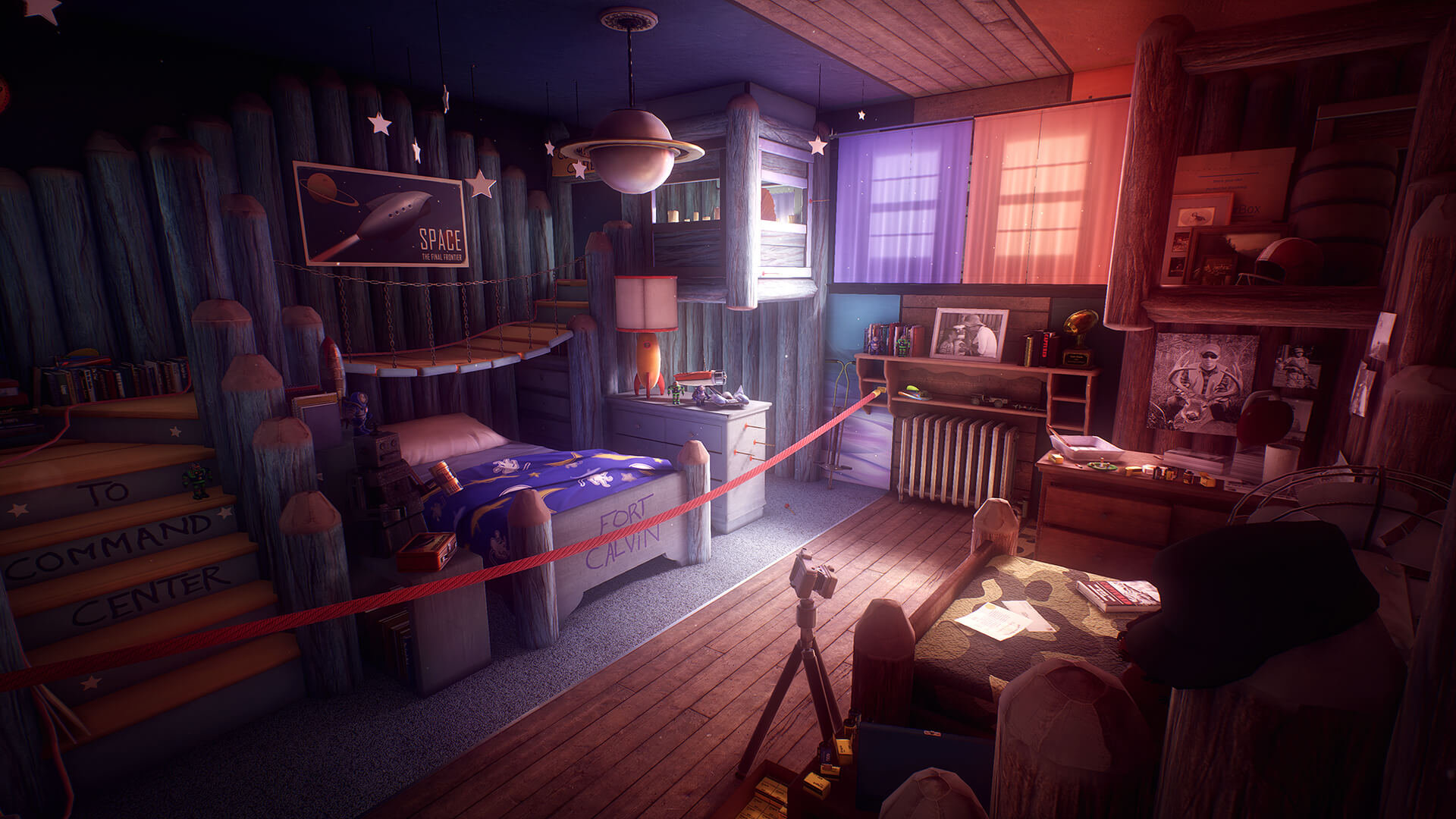
The best part of the grade-A environmental storytelling of Edith Finch is the wide variety of environments you’re given. The whole concept of the game is to explore the deaths of Edith’s family members–you’ll do so by entering their rooms and playing a scene as them, but not before exploring their bedrooms or other rooms that were important to them. From the heavily used Cold War-era bomb shelter to the memorabilia-filled bedroom of a washed up child star, Edith Finch tells a myriad of unique stories that make the player want to dig deeper and deeper into the pits of the Finch family curse. Best of all, no 2 stories all told in the same way. Some have a thick layer of symbolism to them that the player shouldn’t take literally, there’s one that literally explores the mental state of an unfortunate Finch, and my personal favorite, there’s one that’s told in a comic book format. Some stories will make your jaw drop with shock, others will make you bawl your eyes out. To say that these stories will leave a strong impression with a player is an understatement.
Even outside of its environments, Edith Finch has a knack for timing narration and thoughts from Edith herself at just the right times to progress her story–the story of a teenager who’s now all alone in the world and wants to know why–at just the right pace. In a sentence, this game is a series of expertly written narratives wrapped around in yet another excellent narrative.
Through all these layers of narratives, Edith Finch builds up an identity very unique to itself: A buffet of incredibly narratives that, although we know how they all end, still leave the player hungry for more. Luckily, for 2 hours, Edith Finch will satisfy even the hungriest narrative craver.
I give Edith Finch an overall score of 9/10. Certainly one of the best releases to come out of the gaming juggernaut that is 2017, and definitely the home of this year’s most creative storytelling so far. What bars it from a 10/10 is a certain degree of vagueness held in some of the stories (most notably that of Milton Finch) and an abrupt ending that, compared to the rest of the game, feels rushed. Despite that, Edith Finch is the most fun you’ll have exploring someone’s genealogy–in our outside of a video game. It’s a piece of storytelling artistry that every gamer should experience.
